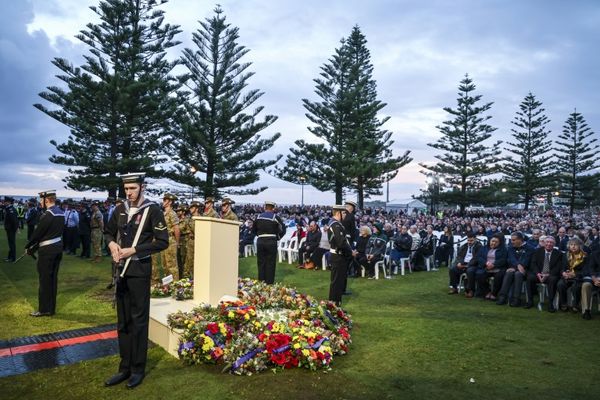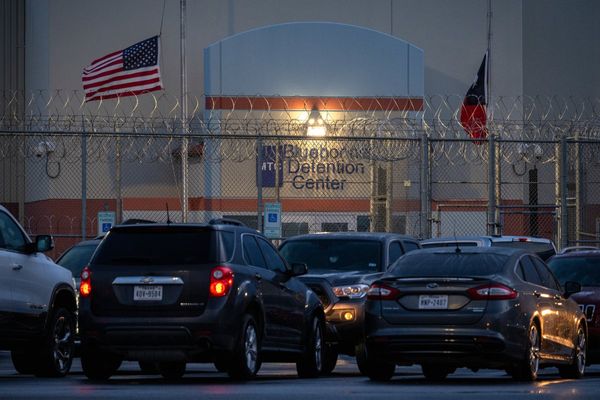
Onlookers cheered and smiled as the two 100-metre towers crumbled to the ground, leaving a cloud of dust and debris in their wake. The Supertech Twin Towers in Noida, India were demolished on August 28 after a nine-year legal battle. Residents counted it as a win against corruption in India’s development sector but are now waiting for the dust to settle – literally – according to our Observer who lives nearby.
The “Twin Towers” were constructed by real estate development company Supertech in 2009 in Noida, outside of the Indian capital Delhi, in the northern state of Uttar Pradesh.
In 2012, several residents of the Supertech Emerald Court condominium complex surrounding the towers filed a complaint saying that the construction was illegal. They said that when residents bought units in the complex, it was promised that the area would be made into a garden and green space. Developers instead revised their plans in order to construct the two 40-storey high-rise buildings.
Locals say the Supertech group violated bylaws and revised the plans to increase their profit margins and sell more apartments.
After nine years of legal battles, the case went to the Supreme Court of India, which ordered the demolition on August 31, 2021 – carried out a year later after several delays for technical issues. The court ruled that the revised construction violated building bylaws and was carried out in “collusion” with planning authorities in Noida.
A demolition company levelled the building using 3,700 kilograms of explosives, leaving 80,000 tonnes of debris – and 63 million euros (5 billion Indian rupees) – in their wake.
‘The towers represented corruption and all that is wrong with the nexus between the building authorities and the government’
Tavleen Singh Aroor is an independent journalist residing in the Emerald Court complex. She lives in a building just 60 metres from the demolition site.
The towers blocked the sunlight, they made the network bad in the surrounding buildings… And while there was construction on these barren buildings for the last seven or eight years, there was a fear of squatters.
It’s important to realise that this fight came entirely from the residents. They accumulated money on their own to go to the courts. The full credit for the demolition goes to them. There is this attitude in India that nothing will happen if there is underhand money going between a construction company and the city council, but hopefully, with instances like this, it shows it’s not as easy as it used to be. Things are changing for the better.
Although Supertech has maintained that the towers did not deviate from the construction plans approved by municipal authorities, the Supreme Court decision said that Noida officials and Supertech had engaged in “nefarious complicity” to approve and construct the buildings. Plus, the building plan revisions had failed to secure the consent of residents.
Many of the 900 apartment units that would be built in the towers were already bought up by prospective residents, who were refunded by the company plus 12 percent interest.
More than 50 local officials in Noida were put under investigation for participating in the illegal construction, and at least three were suspended.
Aroor continued:
I watched the demolition from a vantage point and it was so crowded. We’ve never seen something like this with our own eyes. It was pretty scary – the vibration came in from afar. My hands were trembling as I recorded a video. In fact, everyone was shivering because suddenly you could see something that has been there for the last nine or ten years just gone. There was a loud burst and then with the sheer size of the dust cloud that enveloped the complex nearby, we were all quiet. Then there was a lot of cheering after it went down, because the towers represented corruption and all that is wrong with the nexus between the building authorities and the government.
After their initial excitement, Emerald Court residents were then confronted with the potential damage to their own homes. Tavleen Singh Aroor returned to the area several hours after the demolition to see the result of the buildings’ collapse.
{{ scope.legend }}
© {{ scope.credits }}‘When the towers went down, it engulfed the whole area’
My building is about 60 metres away and there are a few buildings which are just ten or 15 metres away. The top chunk of one of the buildings – basically about four floors – has not disintegrated. Those four floors came down on the boundary wall of the complex I live in. So now the process is to clear the debris, which is going to take a lot of time. They have already said that it would take about two months to clear, because there are very large chunks of rocks – they need drilling and different kinds of equipment to lift that and clear it out.
Up to two months before the demolition, there were huge fabric sheets that the [demolition] company put out on the surrounding buildings – sheets that the dust could not penetrate through. I, myself, also covered my balcony with plastic sheets. The only problem was that the wind direction was such that when the towers went down, it engulfed the whole area. The dust has been a great, great problem. Even the bushes covered in plastic sheets in the complex have died because the ash was so hot and heavy that they burned. There were also some windows that cracked and some foundation that shifted, so that will all need to be repaired. The top floors of the surrounding buildings have been badly affected in terms of very thick dust and debris that have fallen. The air was very heavy and very dusty. You could barely breathe.

The demolition order represented a rare win for “middle-class people” according to 80-year-old Uday Tewatiya, one of the residents who decided to take Supertech to court, after the Supreme Court decision last year.
India ranked 85 out of 180 countries in Transparency International’s Corruption Perception Index in 2021, which accounts for corruption such as bribery, diversion of public funds and a lack of consequences for reported cases. Around 89 percent of Indians said they believe government corruption is a major problem.
Several politicians have been accused of colluding with the “builder mafia” in India.
‘For those towers to crash down like that is a big lesson for all the builders’
Aroor explained:
The Supreme Court decision was primarily to send a message to the builders that this kind of thing won’t be tolerated over and over again. They were known as the “Towers of Corruption”. It’s a sorry tale because there is so much infrastructure and so many people involved when you build something like this and then it comes crashing down.
This has put a kind of fear: the big construction companies, before they think of going the wrong way in terms of flouting rules, will think about this. For those towers to crash down like that is a big lesson for all the builders to stay within their limits.
This isn’t the first time that a corruption scandal has led to building demolition. In 2016, a Mumbai court ordered the demolition of an apartment building slated to house war widows after the flats were sold to politicians and military officials for suspiciously low prices.







